A visit to the Stalowa Wola Flying Club-Poland
By Jonathan Laverick
It is always worth a visit to the local flying club wherever you find yourself - you never know what you will find or what you can get up to.

In my case I was staying with my in-laws in Pysznica, a small village in south-eastern Poland when I decided a trip to the nearby Stalowa Wola Flying Club was in order.

Stalowa Wola is a relatively new town, with a population of about 65,000. The town traces its roots to a 1930's government plan to introduce heavy industry into the area, with a particular focus on armaments and steel works. Indeed, the new steel works were to give the town its name, which translates as 'Steel Will'. It was decided that such an impressive development warranted a new airport and work began at the village of Turbia on the outskirts of the new town, but WWII then intervened. The field was used by both the Germans and Russians as the conflict twice overran the area, leaving substantial damage to the aerodrome.
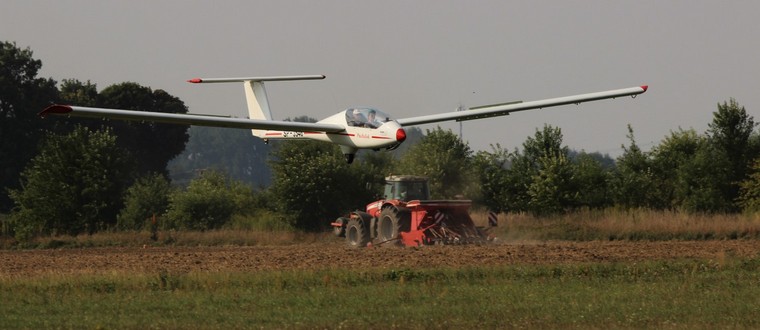
Just over a decade after the conflict ended, the airfield was rehabilitated with the creation of the Aeroklubu Stalowowolskiego w Turbi (Stalowa Wola Aero Club at Turbia). For many years the club and the airstrip received significant funding from the local steelworks, acting as a base for many business flights and allowing a dual ownership of a PZL M-20 Mewa, quite an aircraft for its time, with weather radar, de-icing and twin props.
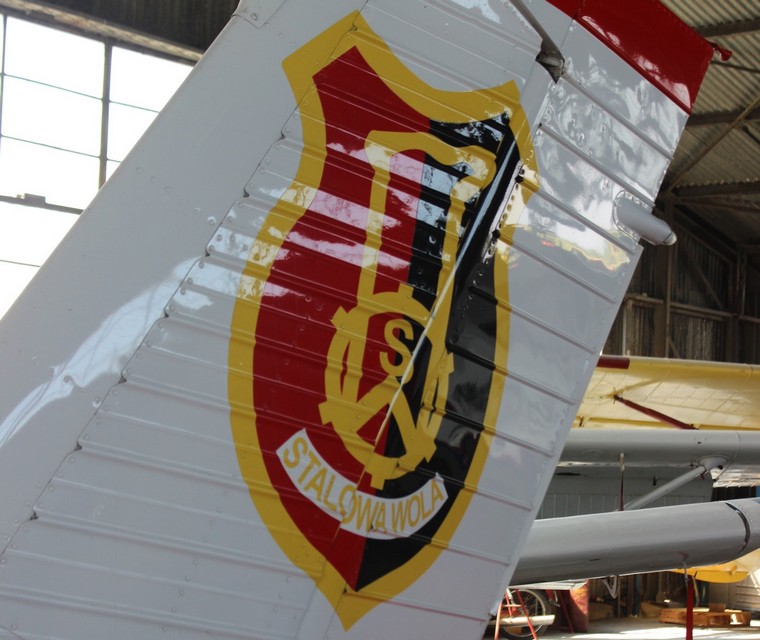
The collapse of the USSR and the gaining of true Polish independence was a mixed blessing for the airfield. The loss of government funding and various economic difficulties for the steelworks meant that the local authority stepped in and at a crucial time - explaining the coat of arms on some of the balloons and aircraft. The club's future was secured with the deeds to the airfield being present to them in 2012 and it is now home to around 20 gliders, a dozen fixed wing aircraft, several balloons and paramotors.
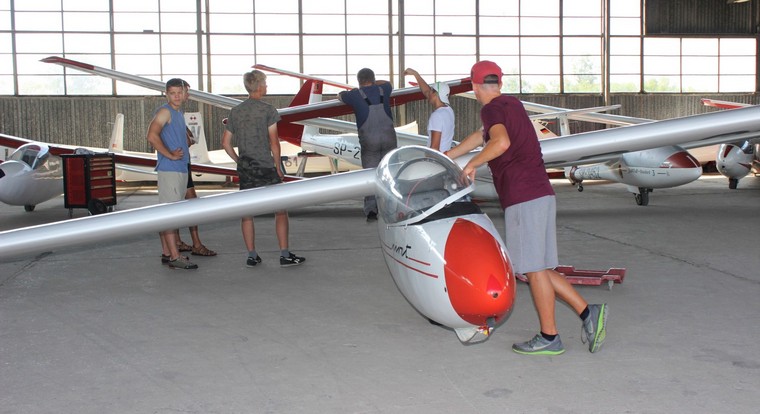
Considering my initial visit was on a weekday, I was pleasantly surprised by the activity on the field, particularly of the gliding section club.
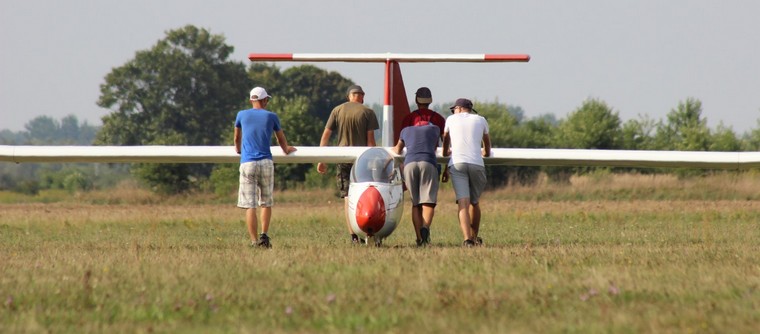
The club has had a long reputation for excellence when it comes to the silent sport. Its most famous member was Stanislaw Kluk, who was an eight-time national champion with an additional four second place, four third place finishes and had a world record to his name. He instructed at Turbia until his death at 77 in 2016.
This year the airfield hosted the European Championships. Turbia is a popular destination for aeronautic students from all over Poland, including from universities in Warsaw.
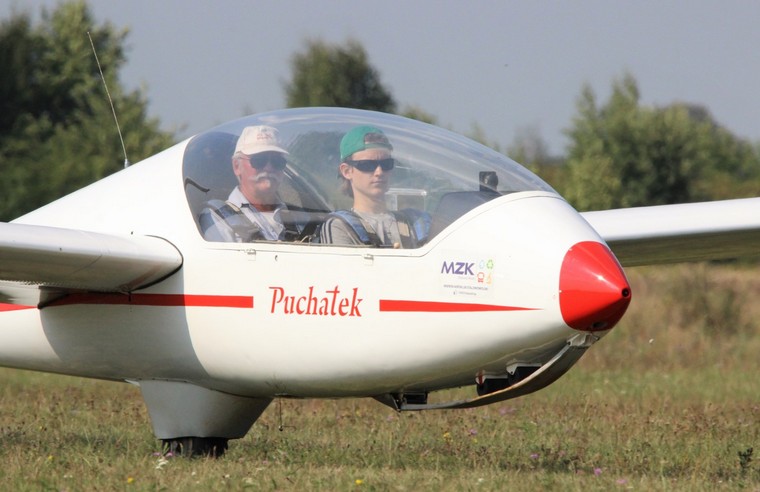
Interestingly D-KSCR, a Schempp-Hirth Duo Discus XLT, was also present. This glider is the only one in Poland certified with a hand operated rudder and is used to teach paraplegics to fly. While there are three glider manufacturers in Poland, they have found the certification process too expensive to be worthwhile, given the perceived small market.
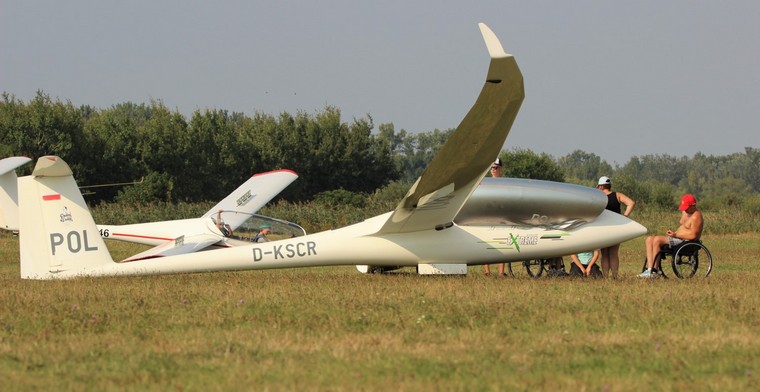
Jedrzej Jaxa-Rozen broke his spine in a paragliding accident twenty years ago and took up gliding five years ago and has been one of the driving forces behind the project. The fantastic opportunity, combined with a wheelchair friendly club, attracts paraplegics from around the country.
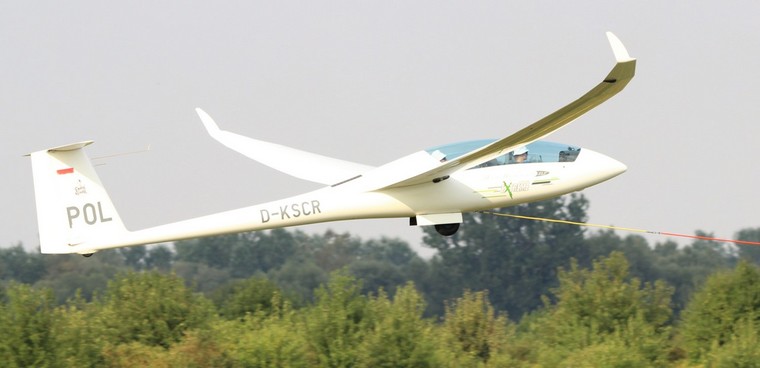
During my time at the club it was hard to believe that summer would ever come to an end - with flights being suspended due to the heat - but at the end of September, the Discus will be dismantled and will, like the local storks, migrate south. In its case to South Africa, where it will carry on its good work during the European winter.
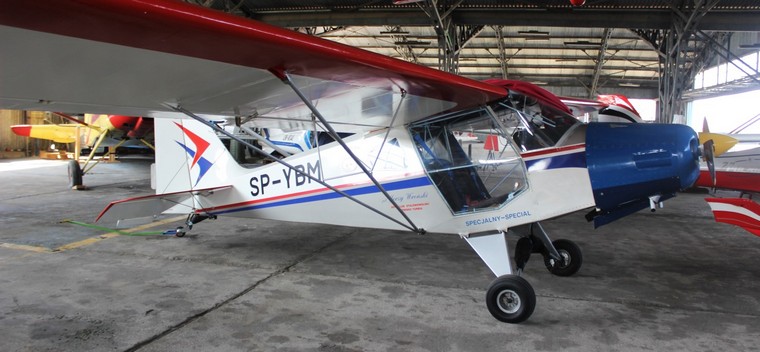
The club hangar is a treasure trove of types less seen in either Western Europe or, indeed, South Africa. While Eastern Europe has a long tradition of light aircraft such as the Let-Mont Tulak, the types that struck me were the two Wilga, products of the famous PZL design company.
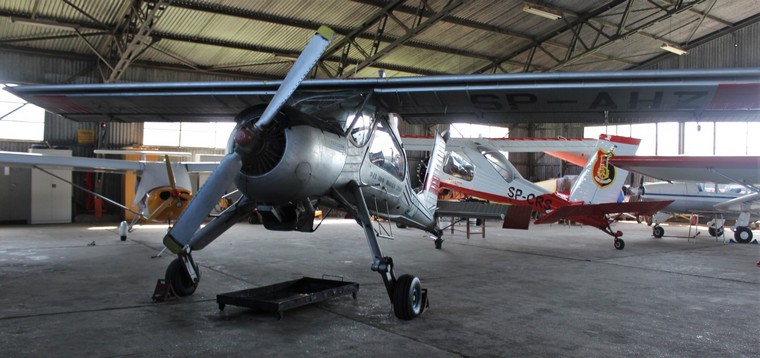
This solidly built aircraft looks exactly what it is; a STOL specialist. From its interestingly sprung double jointed landing gear to the extreme nose high attitude on the ground, it is clear that this beast wants to spring into the air - even if any pilot under about six foot six would have no view of the runway ahead!
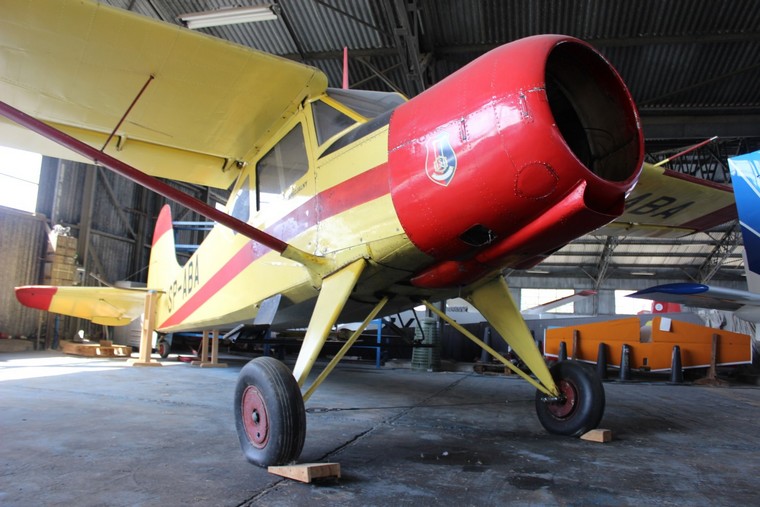
The other product of the Cold War was a Yak-12, similar in many ways to a Beaver. The attractive club aircraft is waiting for an engine to be re-fitted and is currently grounded, but it would be a welcome sight in the air if it returns.
The clubhouse was warm and friendly and had plenty of mementos, not to mention its very full board of honour that captured its member's achievements.
However, no trip to an airfield would be complete without a flight. I was lucky enough to have my first glider experience in a PZL-Krosno KR-03A Puchatek ('Pooh Bear') with the club's very experienced instructor, Waldemar Madej.
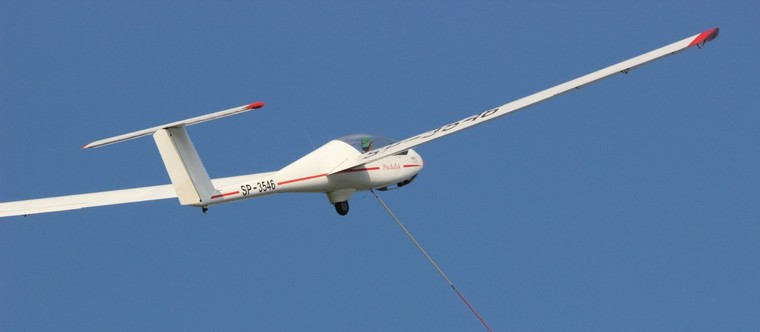
The first thing to get used to was wearing a parachute closely followed by the metric instrument panel. Once strapped in and the canopy was closed, the next surprise was how smooth the winch tow into the air was - having looked quite impressive (and scary!) from the ground. The angle of climb was impressive until the release, when the nose dropped to gain speed until we settled at just over 80km/h. As this was an introductory circuit, we simply settled down to an unnoticeable descent of 2m/s and I took control with a simple 'You!' from Madej, whose English was rudimentary (whereas my Polish was simply rudely non-existent). A reasonable amount of aileron yaw and lack of noise were the only difference from cruising in my Bantam and when the spoilers were deployed on finals it, at last, felt like a Bantam gliding!
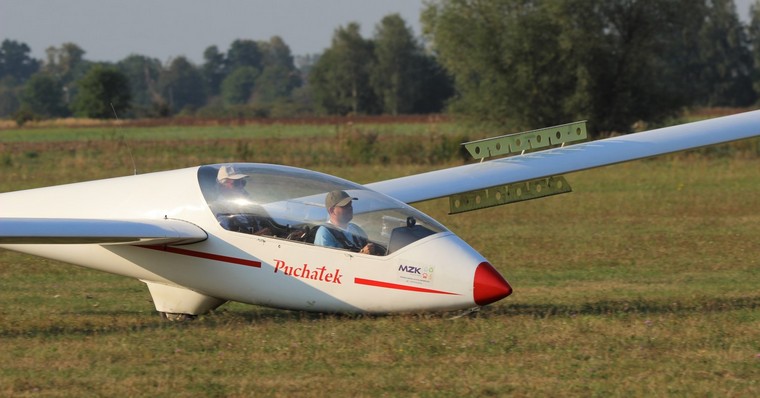
With the weather picking up (from a gliding point of view), the winch was supplemented by air-tows provided by the resident Wilga.
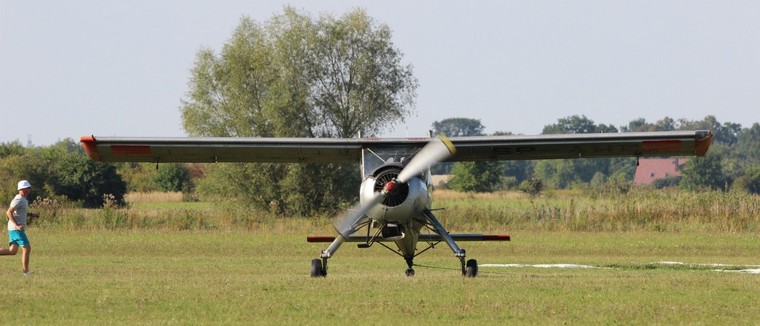
A big thank you to all those at the Stalowa Wola Aero Club who made me feel so welcome, especially the Director, Dariusz Lukawski, and President, Edward Paterek. I really enjoyed my time there - proving that aviation is truly a world language, even if English is not!
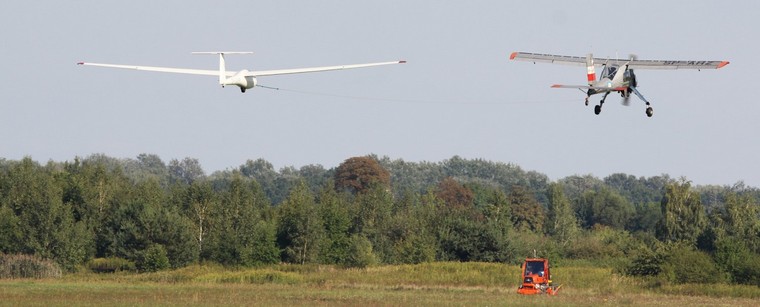
|
            |























